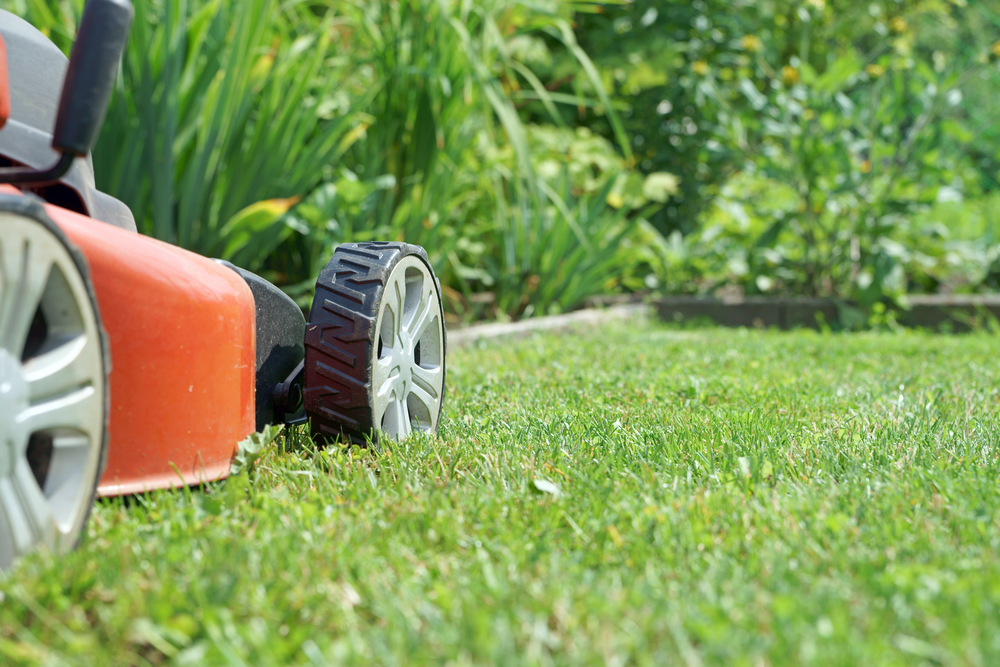Posted by Amber Williams on 6th Apr 2023
How to Mow Your Lawn - Gardening for Beginners

If you've just acquired a garden, then mowing might not yet be your forte. But don't worry! We all have to start somewhere. Mowing the lawn can be started in mid-spring, and if done right, will help your grass stay nice and healthy - something your neighbours will be envious of.
How to Mow Your Lawn
1 - Only mow in dry weather. Wet grass will clog your mower and its blades. Check the lawn for debris like large stones and throw them out of the way as they can damage the blades.
2 - For your first cut of the year, adjust the mower to its highest setting. Never take off more than a third of the height, keeping it at 4cm in spring and summer.
3 - Move the mower up and down the lawn in straight lines. Overlap each time slightly so nothing is missed. If you have an irregular shaped lawn, then start your first line in the middle and do one side at a time.
4 - Collect clippings to prevent fungal issues, except for on dry days as it can help the soil retain moisture.
5 - Each time you mow, cut in a different direction to the last time. This helps you cut any stray bits of grass.
6 - Finish off with mowing around the edges. Use a trimmer or some long garden shears to tidy the edges on borders if you like a precise cut.
Our Lawn Mowing Tips 
- Take good care of your mower. You can get them serviced before a season to ensure they’ll give a decent cut. Damaged blades can cause unsightly straw-coloured grass.
- Cut fortnightly in spring and weekly in summer - depending on how long or short you like your grass.
- If you’ve just sown lawn, then avoid mowing it until it gets to around 4cm tall.
- Leave patches to grow long if you can. This gives wildlife a safe haven, a mini jungle if you will. Especially if there’s wildflowers in the lawn, which is perfect for pollinators.
- Take clippings and put them in your compost - if you compost. However, if you cover your lawn with weedkiller then it's best not to add them to the compost. You can also spread clippings across the lawn in overly dry periods to help the blades retain moisture.

